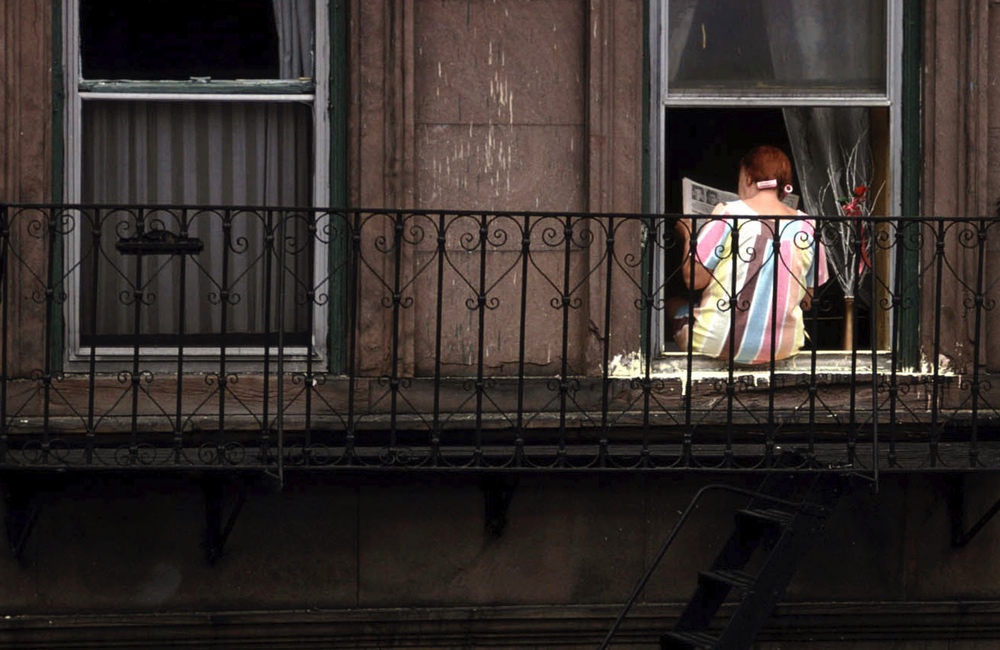Isolating at home may not be fun, but it has done a good job of preventing the spread of COVID-19. A recent study shows how well self-quarantine has flattened the curve of the pandemic.
Most studies of COVID-19 responses have analyzed data about the number of deaths and the number of confirmed cases, but the number of hospitalizations may be a more accurate way to get a picture of how effective public health interventions like states' stay-at-home orders are.
Self-quarantine was put in place to curb the spread of the novel coronavirus and make it less likely that a rapid rise in COVID-19 cases would overwhelm hospitals. Researchers at the University of Minnesota looked at the effect stay-in-place orders had on hospitalization rates in four states.As states begin to relax stay-at-home orders and reopen businesses, rates will go up; it's just a question of how much.
Best estimates place the incubation period of the virus at about four or five days, and the time from the onset of symptoms to hospitalization for COVID-19, for those who need to be hospitalized, is about seven days. So the researchers thought an association between the start of stay-at-home orders and hospitalization rates might be seen after about 12 days, or the median effective date.
Hospitalization rates for people with the novel coronavirus increased exponentially rather than linearly up to and including the date stay-at-home orders were issued. But the day after the stay-at-home orders were issued, the increase in hospitalization rates slowed in all four states.
For example, Minnesota issued its stay-at-home order on March 28. On April 13, five days after the median effective date, the number of hospitalizations predicted by the growth curve prior to self-quarantine was 988, but the actual number of hospitalizations was only 361. In Virginia, the number of hospitalizations five days after the median effective date was projected to be 2,335, but the actual number of hospitalizations was half that — 1,048.
The degree to which stay-at-home orders slowed the increase in hospitalization rates, and “flattened the curve”, surprised the researchers. “We saw about a 50 percent reduction in the number of hospitalizations versus what the exponential curve would have predicted,” Pinar Karaca-Mandic, the corresponding author, told TheDoctor.
As states begin to relax stay-at-home orders and reopen businesses, rates will go up; it's just a question of how much. “So there is a need for caution and a need to reopen gradually, so that hospitalizations do not go back up again,” said Karaca-Mandic, an associate professor at the Carlson School of Management at the University of Minnesota. Closures can turn things around for the better very quickly, but reopening can undo any progress very quickly, as well, she added.
Next, the team plans to study the story in reverse — at how reopening affects the hospitalization rate and how, ultimately, that affects COVID-19 mortality rates.
The study and a related editorial are published in JAMA, the Journal of the American Medical Association.





